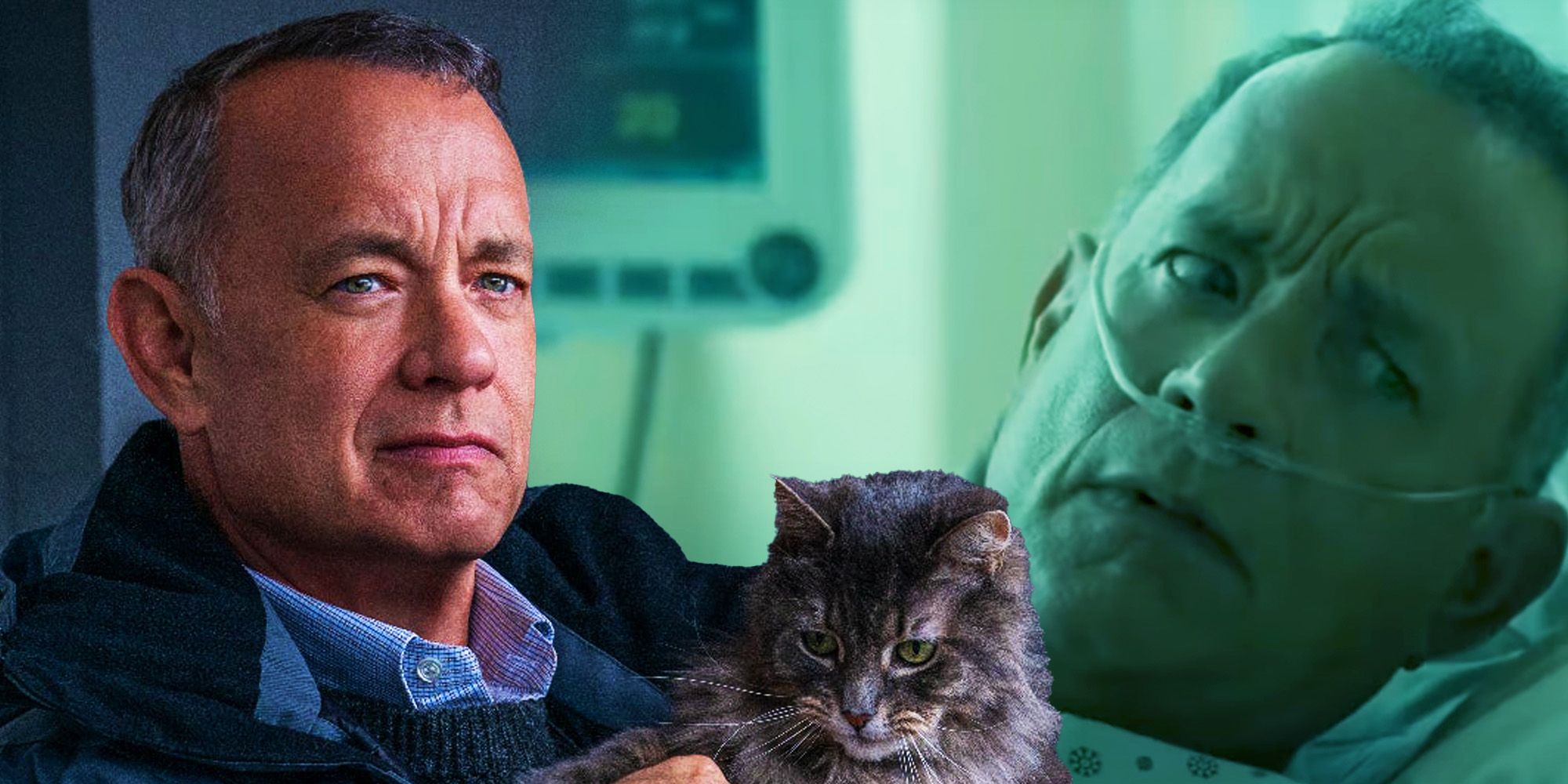Warning: This post contains spoilers for A Man Called Otto, as well as mentions of suicide. Please proceed carefully.A Man Called Otto centers the titular character’s heart condition, and it has more meaning than one might think. Portrayed by Tom Hanks, Otto is a grumpy man grieving his wife, but his ill-tempered behavior puts off his neighbors, people Otto used to be friends with before his wife, Sonya, died. Otto also has a heart condition, one he keeps secret from the rest of his neighbors, including from Marisol, a woman who moves in across the street who thaws Otto’s heart.
Adapted from the 2015 Swedish film, which was based on the novel A Man Called Ove by Fredrik Backman, A Man Called Otto initially released in theaters in January, receiving mostly positive reviews from critics, before finally streaming on Netflix. The film is a dramedy that sees Otto becoming a recluse after the death of his wife, going so far as to attempt suicide multiple times. He goes from complete grouch to someone who lets himself be loved, but one of the obstacles Otto must also overcome is his heart condition, which affects certain aspects of his life throughout the film.
A Man Called Otto’s Heart Condition Explained
Otto has hypertrophic cardiomyopathy, a condition that affects the heart’s main chamber and makes it difficult for the heart to pump blood through the body as usual. The condition, which is genetic, is not usually noticeable, but the heart’s left ventricle becomes abnormally thick because of it. It causes the ventricle to stiffen, making it harder over time for blood to circulate properly throughout the entire body. Hypertrophic cardiomyopathy can cause symptoms like shortness of breath, arrhythmias, fainting, and even chest pain.
This is what Otto struggles with throughout the film, and it’s his hypertrophic cardiomyopathy that ultimately leads to his death. He’s also unable to join the military because of his condition. When the ventricle thickens, the heart has to work a lot harder to get enough oxygen through the body. And when there isn’t enough blood circulation, it can lead to fluid accumulation within the body. Hypertrophic cardiomyopathy can lead to congestive heart failure, which is what takes his life in the end of the A Man Called Otto. All that said, Otto was able to live a full life despite his heart condition, which wasn’t as severely noticeable until the end of his life.
Otto goes through a lot in the film, and over time he finally realizes that his grief doesn’t have to overshadow the life he still has. What’s more, an enlarged heart is a symptom of hypertrophic cardiomyopathy, and a metaphor for love in A Man Called Otto. Otto’s heart was closed off for a long time, and he believed that there was nothing left to live for after his wife died. But that changed when he befriended Marisol and returned to the relationships he had formed with his neighbors over the years.
Otto finally allowed himself to be loved and cared for by someone after living in isolation. Otto’s suicide attempts were in vain, and he only passed away after finding love and friendship with Marisol, her family, and the rest of his neighbors. A Man Called Otto suggests that Hanks’ character was only able to find peace once he learned to love again and let people into his heart. By the end of the film, his heart was overflowing with love for his neighbors; Otto wasn’t alone despite sequestering himself, and his heart, though having a condition, was ready to be full of love once more.



